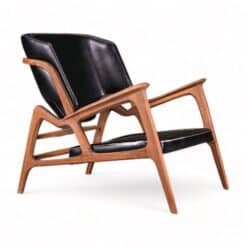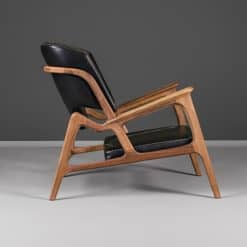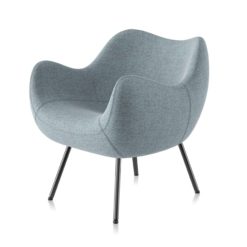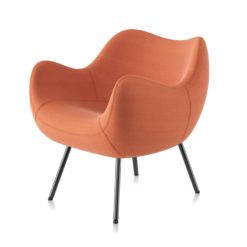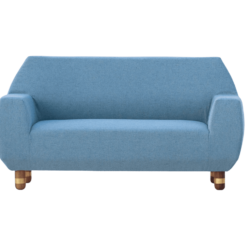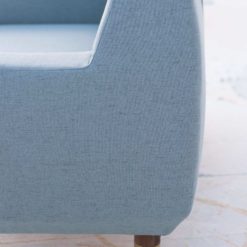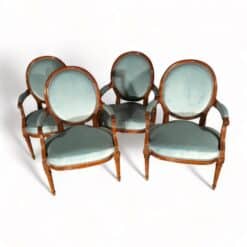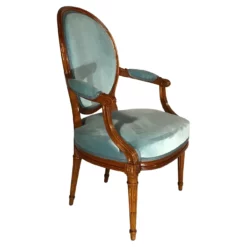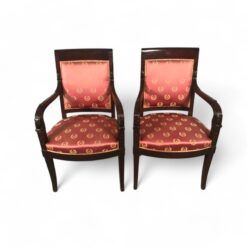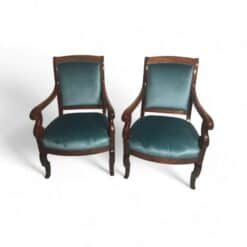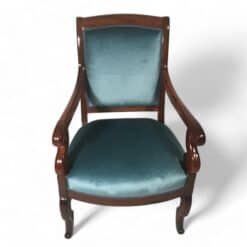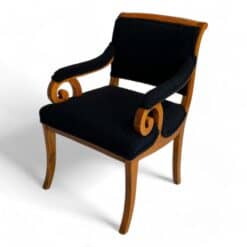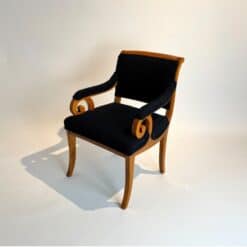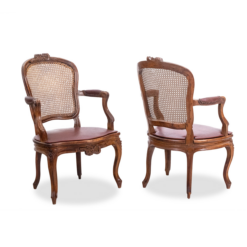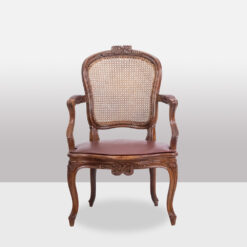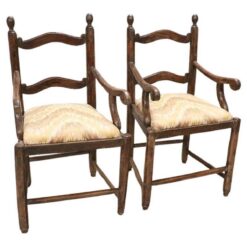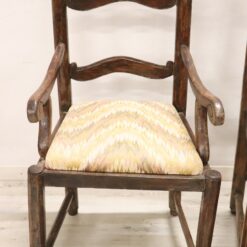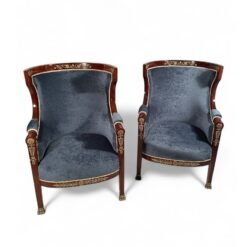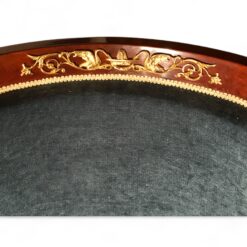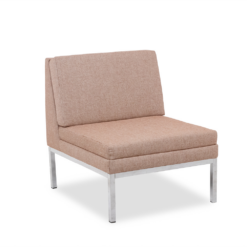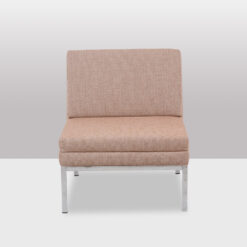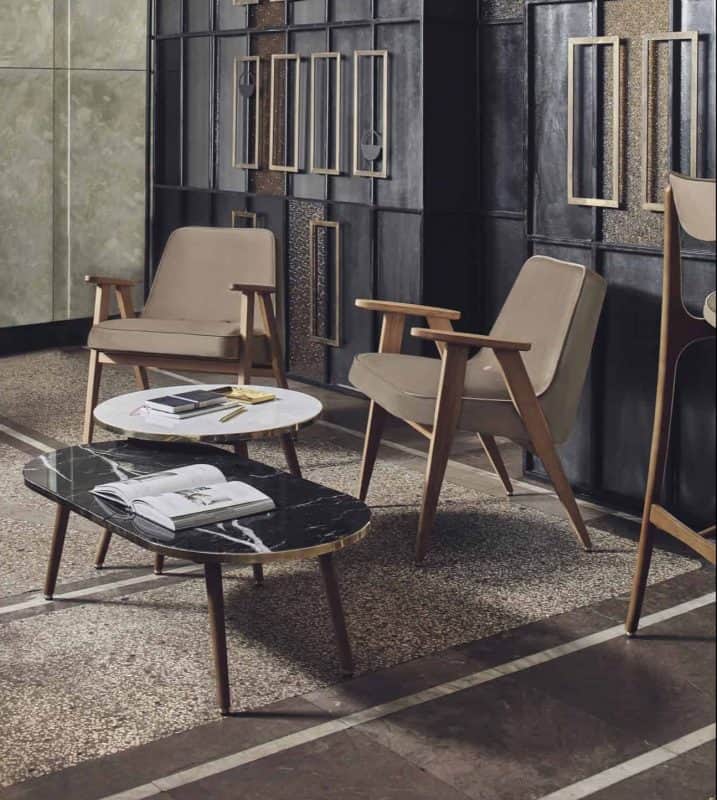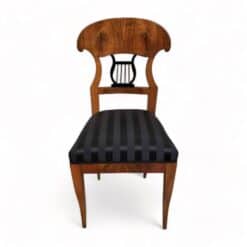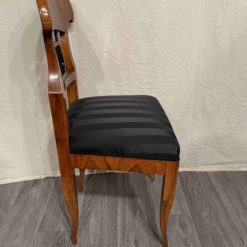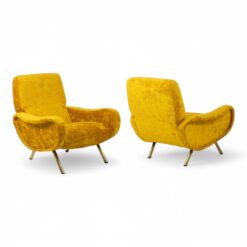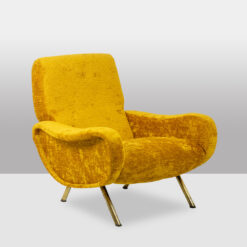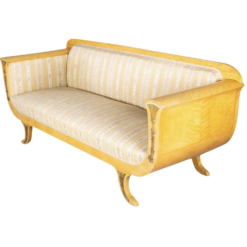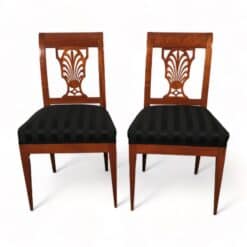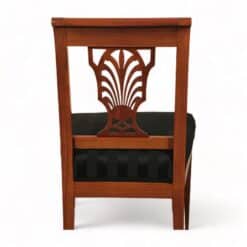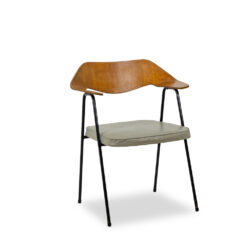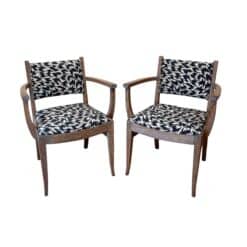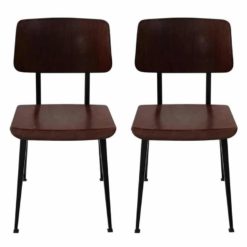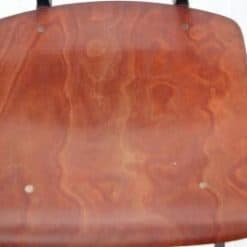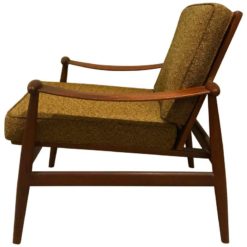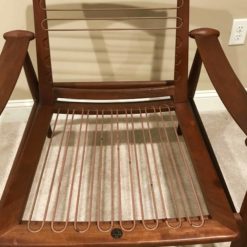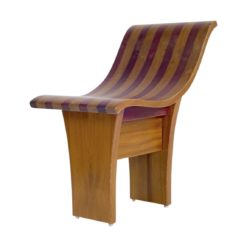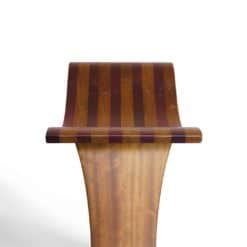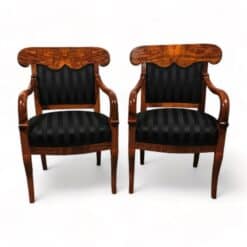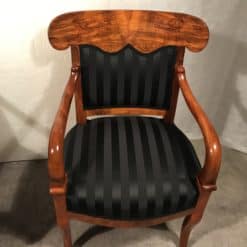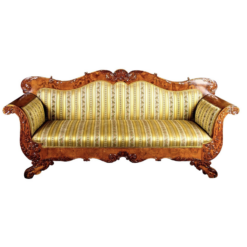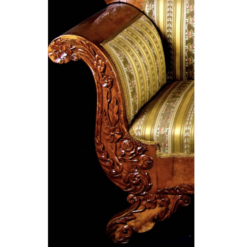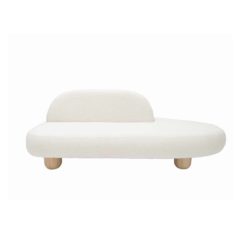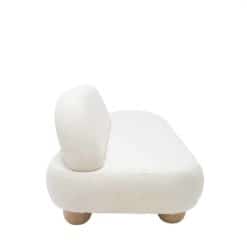Best Sellers
Furniture
All the Ways We Sit: Exploring Chair Designs Across Eras
Incorporating antique and vintage chair designs into your interiors is an easy way to add engaging accents to your rooms. Whether you’re looking for singular pieces or a whole set, the Styylish catalog has something to suit your needs.
In today’s blog post, we want to explore the development of chair designs across history to discover the moments of innovation of each period. By deconstructing a chair into its stylistic elements, we can hope to find connections with contemporary stylings in each period.
For a deep-dive into Art Deco Chairs, which we have covered in detail already, check out our blog on the subject from a few weeks ago. And for a look at all kinds of Biedermeier Chairs, read up on our blog, as well.
Antique Chair Designs
Antique chairs have context and personality built into them. They are artifacts of a different time and, unlike some other furniture pieces, have almost certainly been in use since they were created. That makes them more than just curiosities – in your home, they can tie design periods together in subtle, engaging ways.
As we work our way through the centuries, lavish forms will give way to simpler shapes and material-focused approaches.
From Baroque to Neoclassicism
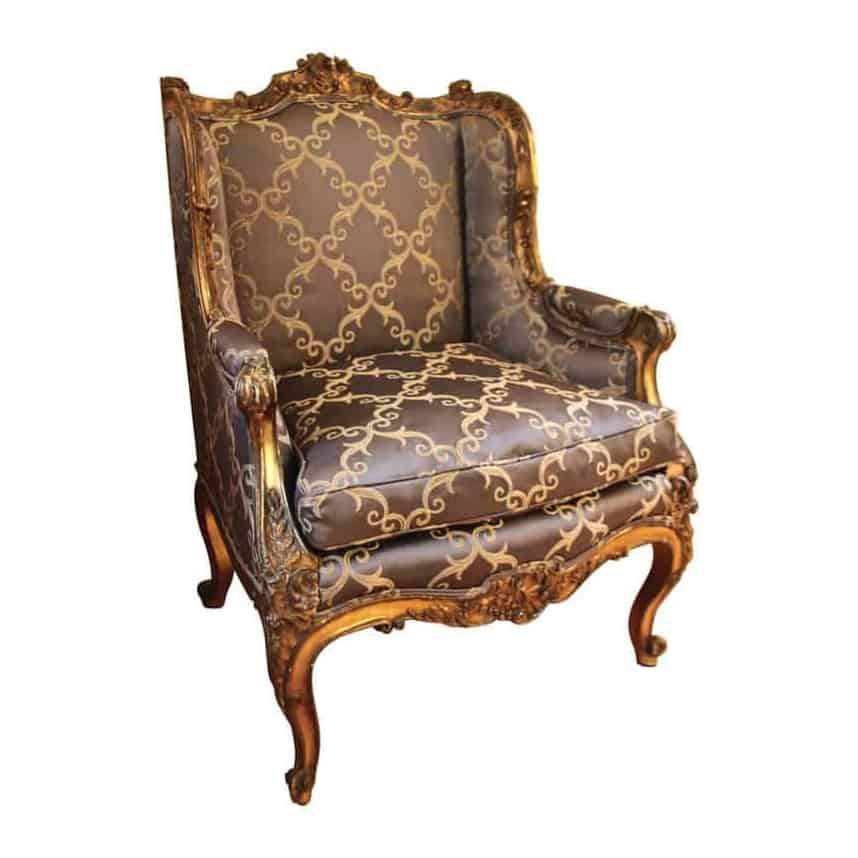
Though built in the 19th century, this Baroque Armchair embodies all the qualities of the iconic 18th-century lavish furniture style. With a richly decorative, comfortable upholstery and gilded frame, this piece is an ornate accent chair or fireplace companion.
The fabric’s elegant gray tone undercuts some of the more heavy-handed aspects of the chair’s personality. That makes it certainly suitable for combination with much more contemporary pieces.

The same can be said for this Set of Neoclassical Louis XVI Chairs. Neoclassicism followed the Baroque period, marking a transition away from the lavishly swirled and ostentatious, and towards the imposing and classically inspired.
Each chair in this set of six features column-like legs and a strong vertical draw, for instance. As is common for Neoclassical chairs, the ornamentation is understated compared to Baroque but is nevertheless full of exuberant detail.
The patterns suggest elevated taste. But just like with the Baroque armchair, the modern fabric offers an opportunity for connection to more contemporary pieces.
The takeaway from 18th-century design is clear: though exuberant and at turns ostentatious, small material details or changes can create a grounded aesthetic that lends itself to modern interiors.
The Simpler Tastes of the 19th Century
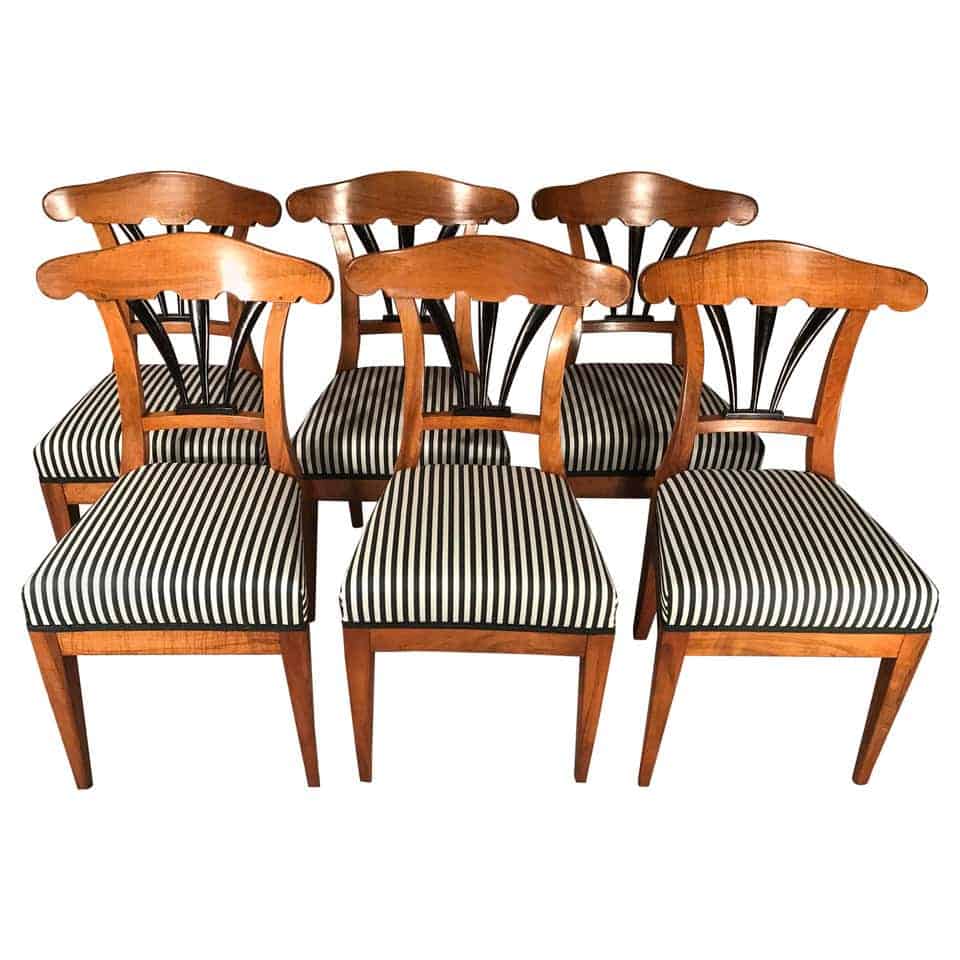
Chair designs of the 19th century continued the transition away from lavish, ostentatious tastes. As evidenced in these Six Biedermeier Chairs, designers of the period chose simpler wood shapes in favor of highly stylized wood designs.
That aesthetic fits the historical context of Biedermeier perfectly. The style and design period focused on providing furniture to the burgeoning middle class of the early Industrial Revolution.
This set of six nevertheless delights with its ebonized columns featured in the backrest. The fabric selected for the upholstery takes advantage of the simple wood tones and capitalizes on decorative opportunities. By staying in a neutral color palette, the stripes feel both whimsical and elegant, contemporary and historically authentic.
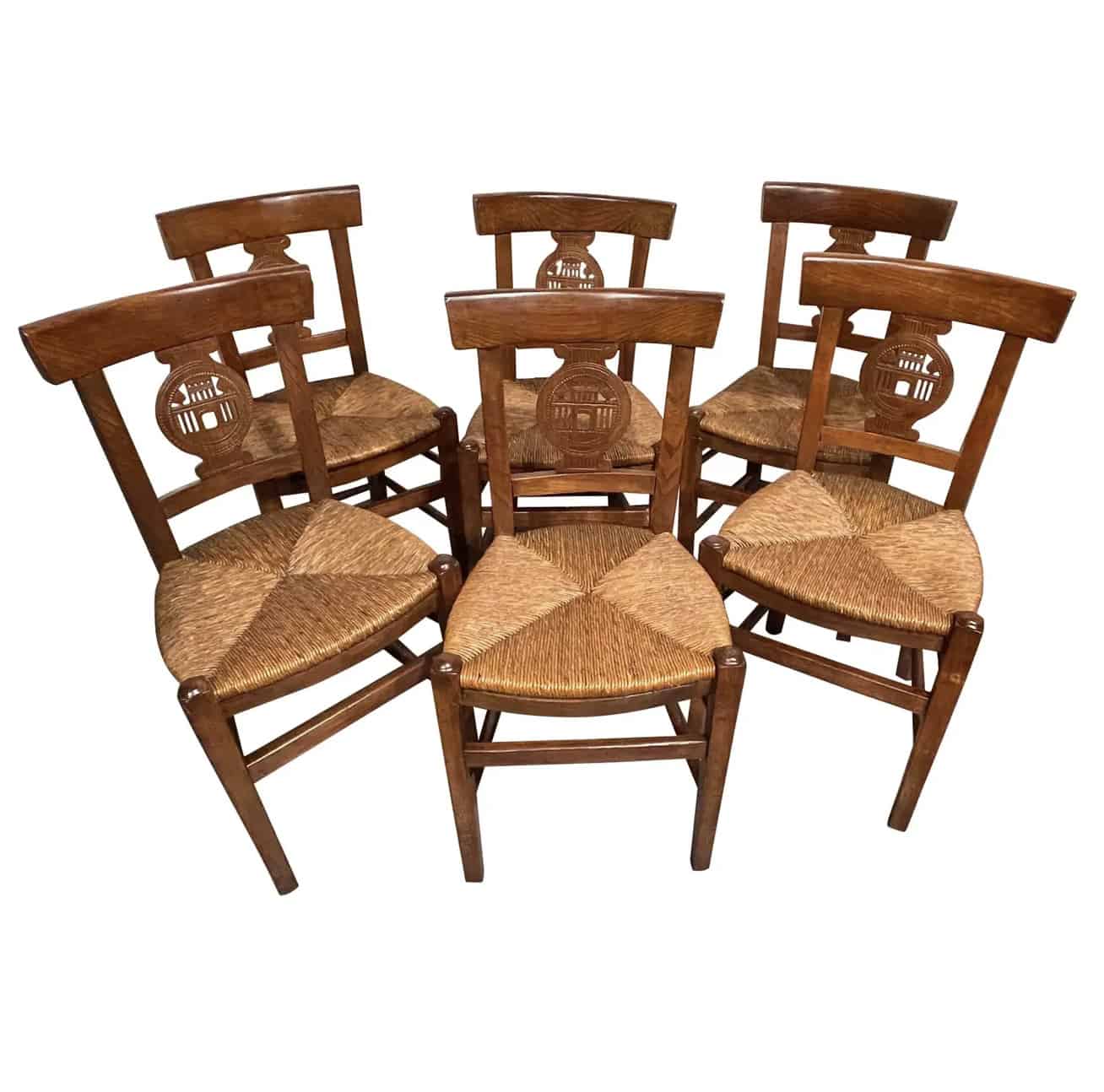
For a much simpler design, take this set of Six Rustic Worpswede Chairs. The Worpswede Artist Colony in Northern Germany grew out of frustration with the urban excess of industrial cities of the late 19th century. These chairs embody the return to Arts and Crafts, and rustic rural life, which was also explored contemporaneously in England and the United States.
Unsure of what to do with chairs that rustic? Consider their historical context. Designed as an homage to simpler days, these chairs can be combined effortlessly with simple, material-focused modern pieces. Around a modern coffee table, for instance, or as accent chairs spread out over your bedrooms, these chairs can lend a simple charm to a modern space.
For more on the Worpswede Artist Colony, check out our blog on it from a few months ago.
Vintage and Modern Chair Designs
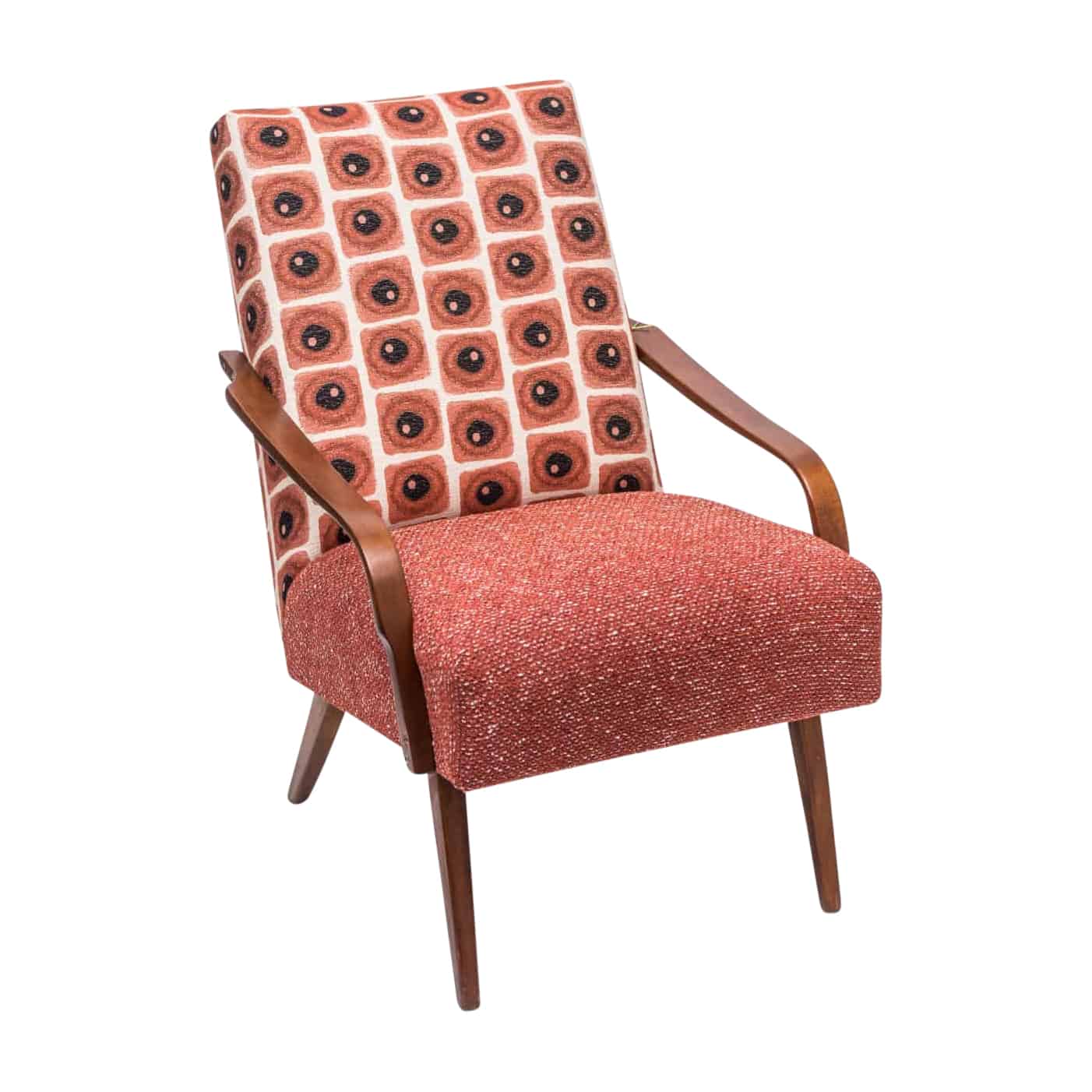
Chair designs became significantly more innovative as Industrial processes and aesthetics found their way into furniture making. By the middle of the 20th century, the Midcentury aesthetic had come to dominate chair designs – and, in some ways, continues to do so.
This Halabala Club Chair is a great example of that. It takes the framework of a simple, 19th century wood-focused chair, and adds an unexpectedly complex, geometrically irreverent upholstery. It’s easy to imagine this piece in a modern interior. After all, Halabala’s forward-thinking design provides a modern contrast to the understated furniture tastes of our present moment.
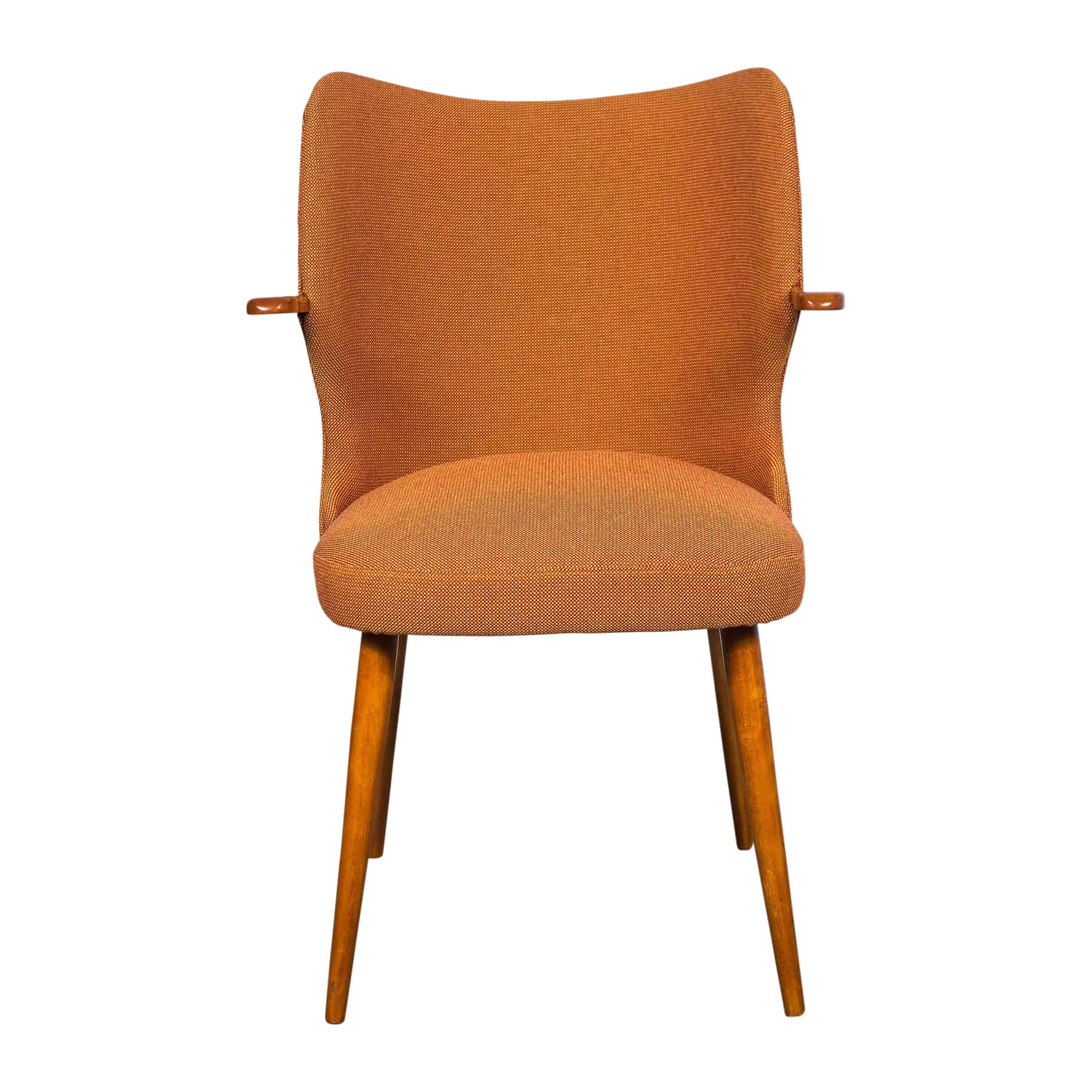
This Orange Midcentury Armchair follows similar principles, but instead of innovating exclusively on fabric, it changes the expected shape and form of an armchair, as well. Place this gorgeous accent chair in just about any room of your house. Its orange hue is both neutral and bold, lending itself for combination with both brown-tinged antique furniture and modern pieces, for instance.
Chair designs have not stopped developing. In some ways, they continue to present some of the most daring decisions and design explorations in our present moment. This Contemporary Bridge Lounge Chair forms a literal bridge between antique practices and modern aesthetics.
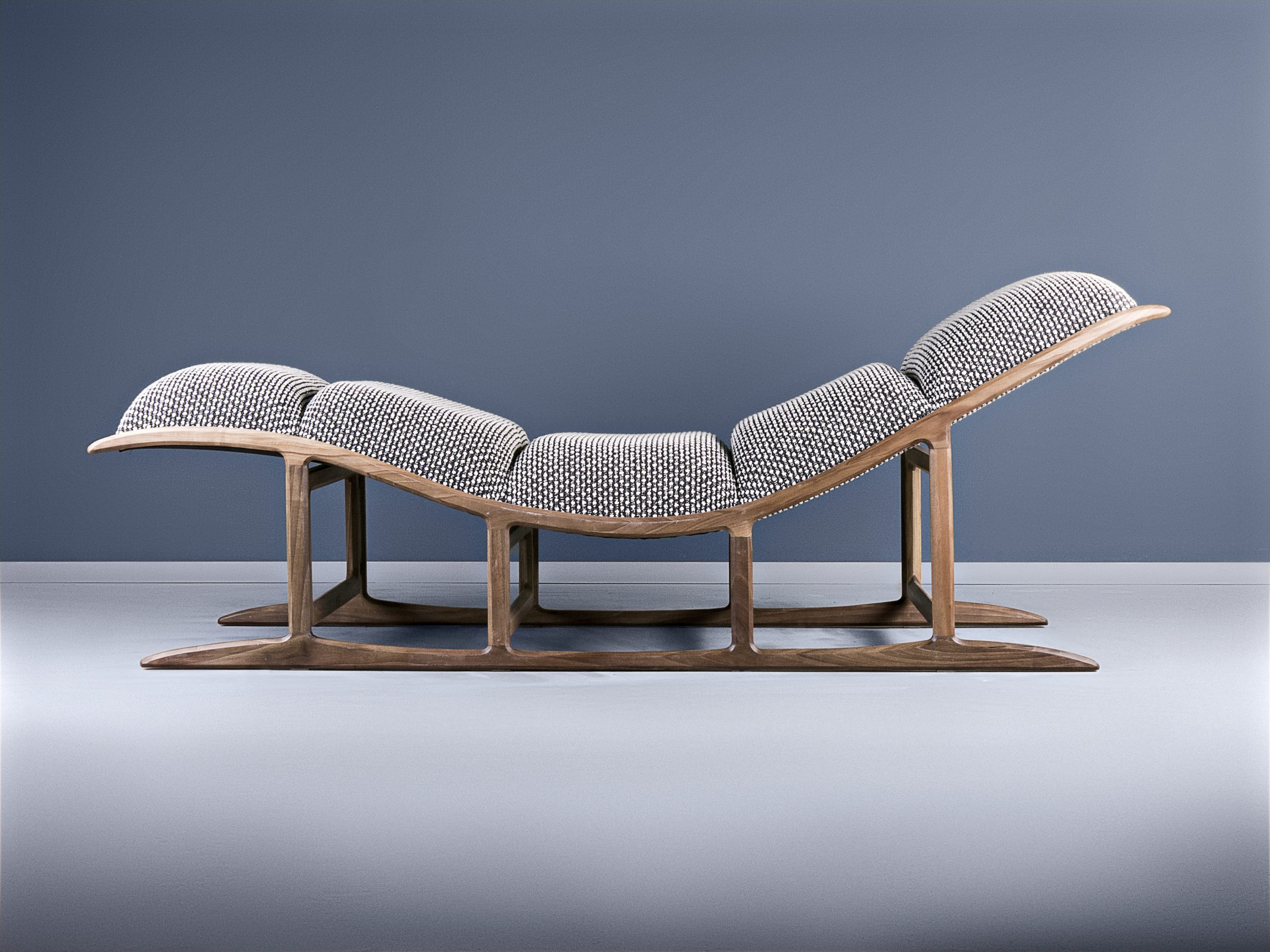
Part chaise longue, part reconceptualized bench, it’s certainly a groundbreaking piece that will easily make itself at home in your home office or lounge. It’s the ideal modern chair to relax into, featuring an ergonomic pillow design.
No matter which kind of chair you might prefer – there are ways to incorporate them into your home. Thereby, you can create something truly special.
The Beauty of a Special Chair
When it comes to designing a unique home with personal touches, there is nothing more impactful than a special chair. Based on your own tastes, choosing a chair from an unexpected period can change your home.
Allow yourself to work with original antique accents and top-quality European furniture. From classic, royally-inspired designs to the futuristic aesthetics of the 20th century, there is something in the past for everyone. What are your favorite chair designs?

